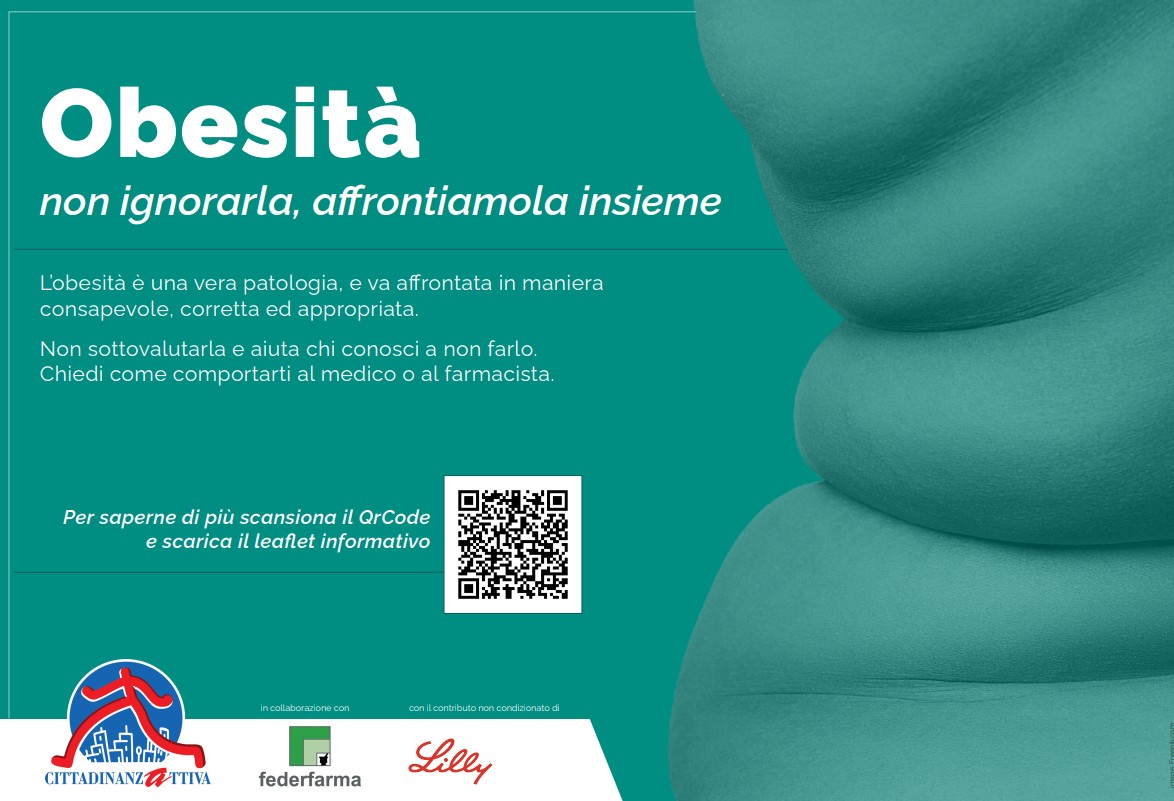ROMA (ITALPRESS) – Today in Rome the event of presentation of the policy paper Prevenire, edit, support: the challenge to Diabetes of Type 2, in the presence of representatives of the Institutions, the Scientific Community and the Associations of patients engaged in diabetology. The initiative, organized in collaboration with AstraZeneca Italia, concludes the path initiated by the working group on Diabetes Type 2, which over the last year brought together Institutions, representatives of the Italian Society of Diabetes SID, the Association Medici Diabetologi AMD, the Italian Society of Doctors of General Medicine and the Primary Cure SIMG and Diabete Italia Associativa Network ODV, to identify more sustainable policy proposals. In Italy, in fact, more than 3.8 million people live with Type 2 Diabetes, which represents about 90% of all cases of diabetes and results in an estimated impact of over 20 billion euros per year for the SSN. The document therefore draws up a number of policy recommendations based on three priorities: the need for additional updates of the prescribed regulatory Notes, the integrated training of professionals involved in taking care of people with Diabetes, and a clinical governance oriented to the value of clinical outcomes, to ensure that the prescribed appropriateness also becomes a lever of sustainability and improvement in the management of pathology. The first director emerged from the comparison concerns the need to update the regulatory context to the latest clinical evidence: After the reclassification of glyphlozines, the system has entered a phase of greater bureaucratic simplification, which allows for wider access and capillary to patient therapies. However, according to Raffaella Buzzetti, President of the Italian Society of Diabetes SID, the prescribed simplification can generate real value only if accompanied by a clinically appropriate use of innovative drugs “the early use of glyphlozine, in accordance with the SID-AMD Guidelines and with international recommendations, represents a fundamental lever to reduce cardiovascular and kidney complications, in addition to improving the prognosis of patients with Diabetes. Simplification is an important step, but the difference makes it the quality of clinical appropriateness, based on evidence.” The second axis of the document is dedicated to the role of diabethological centers as clinical and formative snodes within the territorial network. With the updating of the prescribed rules, the centers can now focus their activity on coordinating the takeover and support to the general medicine “simplification should not reduce the role of the centers, but enhance its function of clinical reference and continuous training for the territorial network. General medicine and diabetology must grow together, sharing common paths, languages and tools to ensure uniformity and proximity of care,” said Riccardo Candido, Past President of the Associazione Medici Diabetologi (AMD). Finally, the document highlights how the economic sustainability of the system derives, also, directly from the quality of clinical decisions. The early and appropriate adoption of innovative drugs does not represent a cost, but a public health investment, as the timely use of the most effective therapies allows to obtain better clinical results, reducing complications and avoidable hospitalizations, while improving the quality of life of patients. This is the true lever of sustainability, a good medicine based on solid evidence,” concluded Angelo Avogaro, Past President of the Italian Society of Diabethology (SID).Centrale was also the perspective of patient associations, committed to making paths really accessible throughout the national territory. Marcello Grussu, Vice President of Diabete Italia Rete Associativa ODV, recalled the value of the training: “Equity arises when each patient, regardless of the region in which he lives, meets trained professionals and can apply the same clinical indications homogeneously. This is why integrated training is a priority: only so the simplification of legislation can be translated into clear, continuous and really close paths to the needs of people with diabetes.” Offering a reading of the work carried out by the group, Claudio Longo, Chairman and CEO of AstraZeneca Italy, put the value of the collaboration between Institutions, Scientific Communities, patient associations and industry: “The recent regulatory developments in terms of simplification and widening of access to care are the result of a shared work, the result of the collaboration between institutions, health professionals, patient associations and industry and represent a significant step forward for patients with type 2 diabetes and, more generally, for all those who live with a chronic disease. In a phase of profound transformation of the System, only a constant dialogue between all actors, which takes into account the real needs of the community of patients and citizens, can foster more early and timely diagnosis and transform innovation into concrete value for people in order to guarantee sustainability, equity and proximity of care.”.
– photos Esperia Advocacy –
(ITALPRESS).






